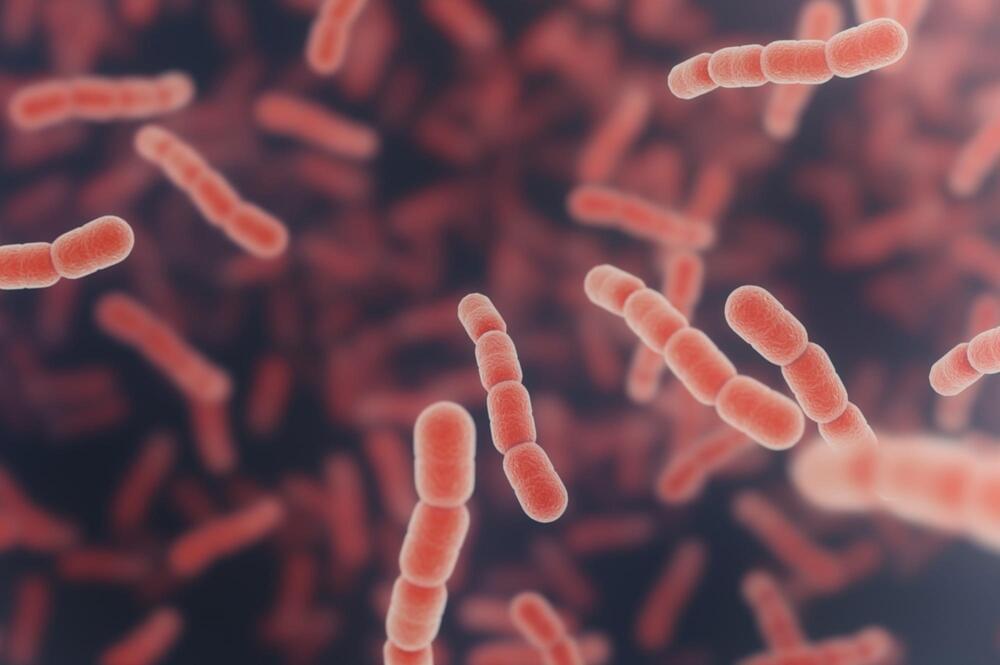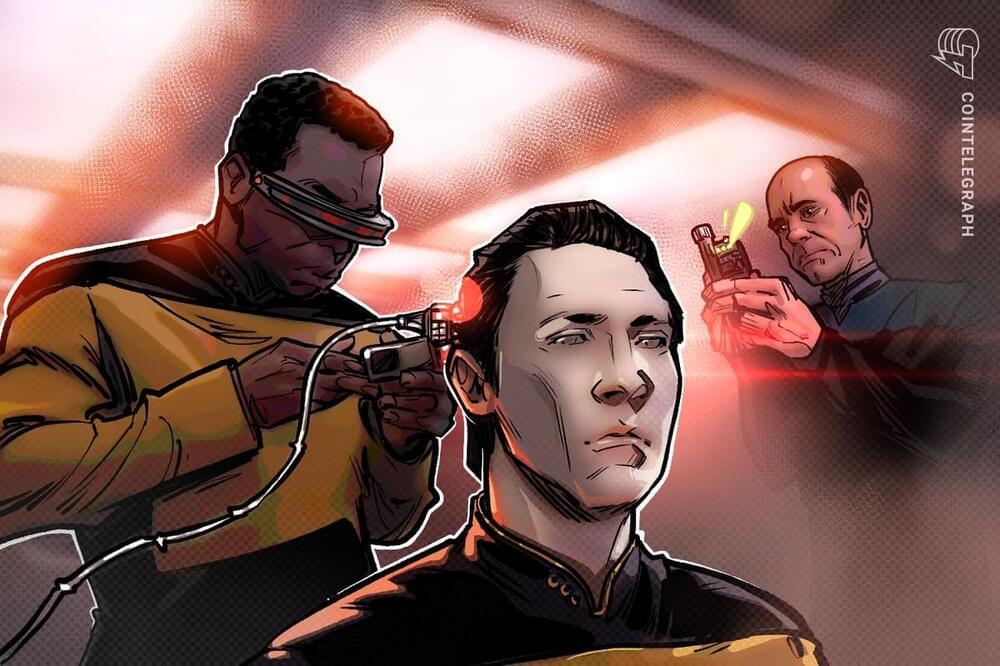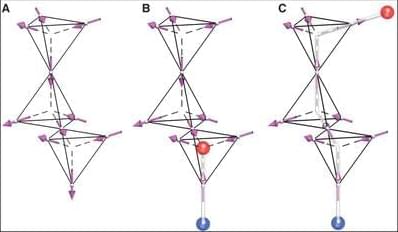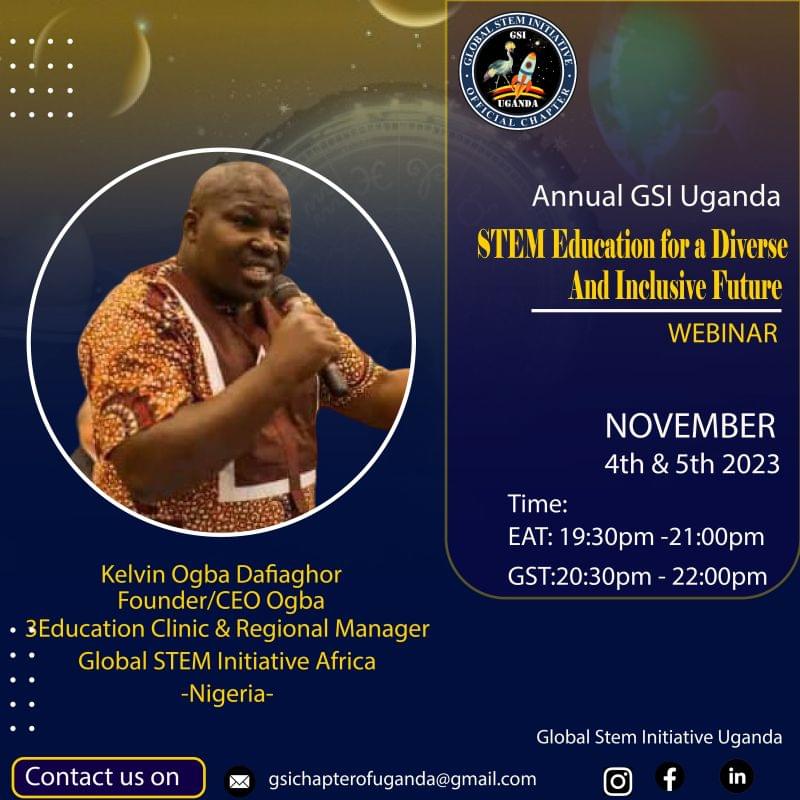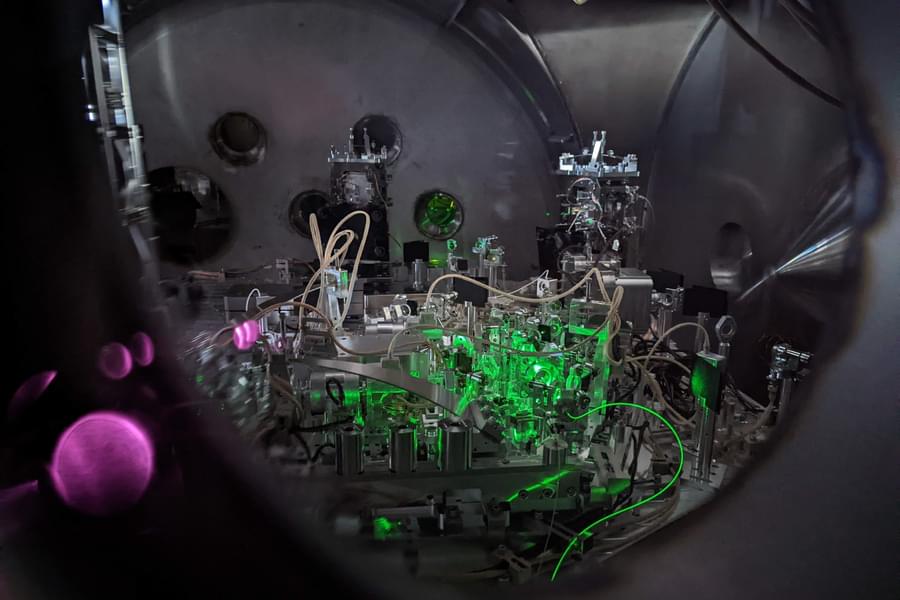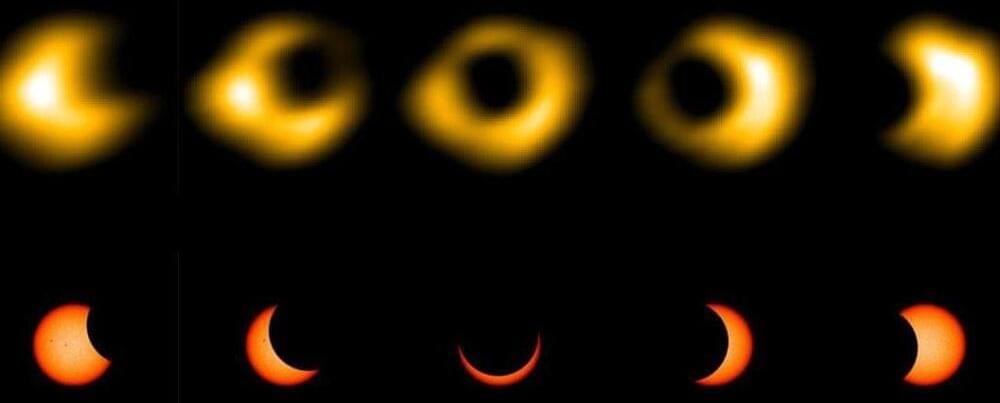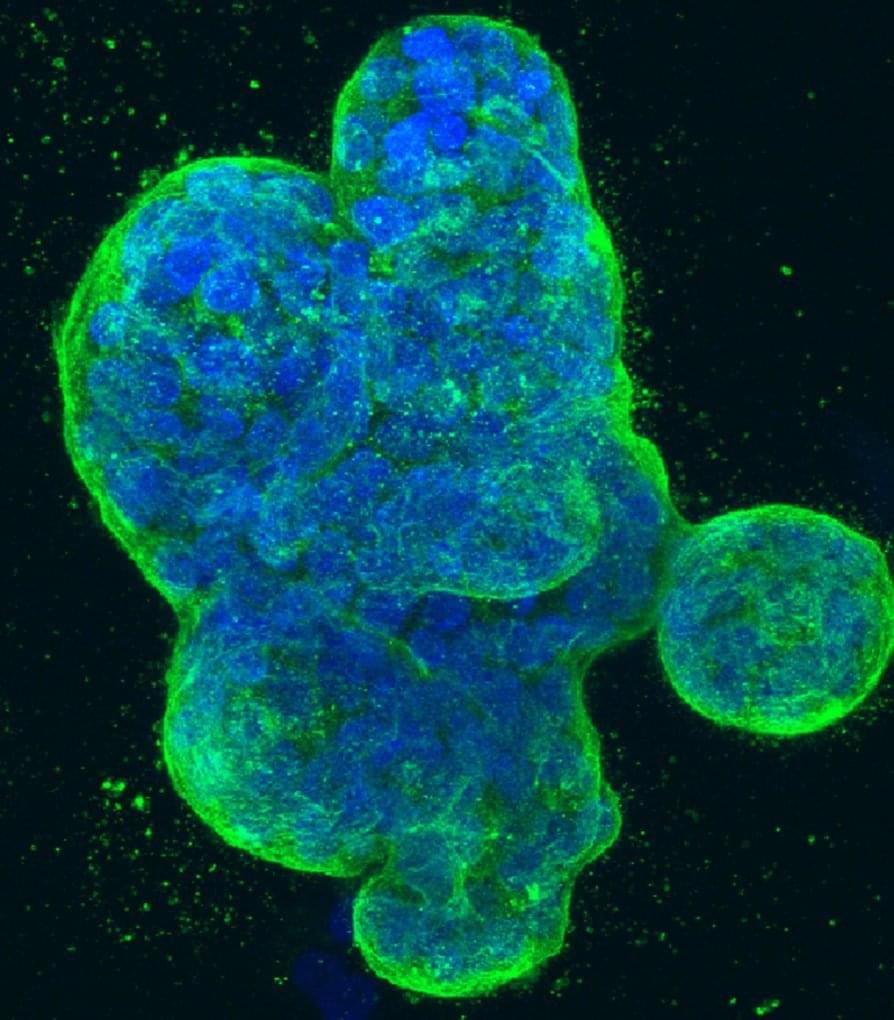Researchers at Baylor College of Medicine have identified a small molecule named 5D4 that can suppress the growth of breast and ovarian cancers in animal models. 5D4 works by binding to TopBP1 protein in cancer cells, disrupting its interactions with several pathways that promote cancer growth. Combining 5D4 with another cancer inhibitor, talazoparib, enhances the effectiveness of the anti-cancer activity.
The study, published in the Proceedings of the National Academy of Sciences, strongly supports continuing the investigation toward further developing this strategy for clinical use.
“Cancer development involves many steps of genetic alterations and signaling pathway deregulation. About 10 years ago, our team discovered that protein TopBP1 is at a convergent point of multiple cellular pathways involved in cancer growth and progression, making it a potential candidate for targeted cancer therapy,” said corresponding author Dr. Weei-Chin Lin, professor of medicine-hematology and oncology and of molecular and cellular biology at Baylor. He also is a member of Baylor’s Dan L Duncan Comprehensive Cancer Center. “Our idea was to identify molecules that would bind to TopBP1 and interfere with its interactions with molecular pathways that promote cancer growth.”
